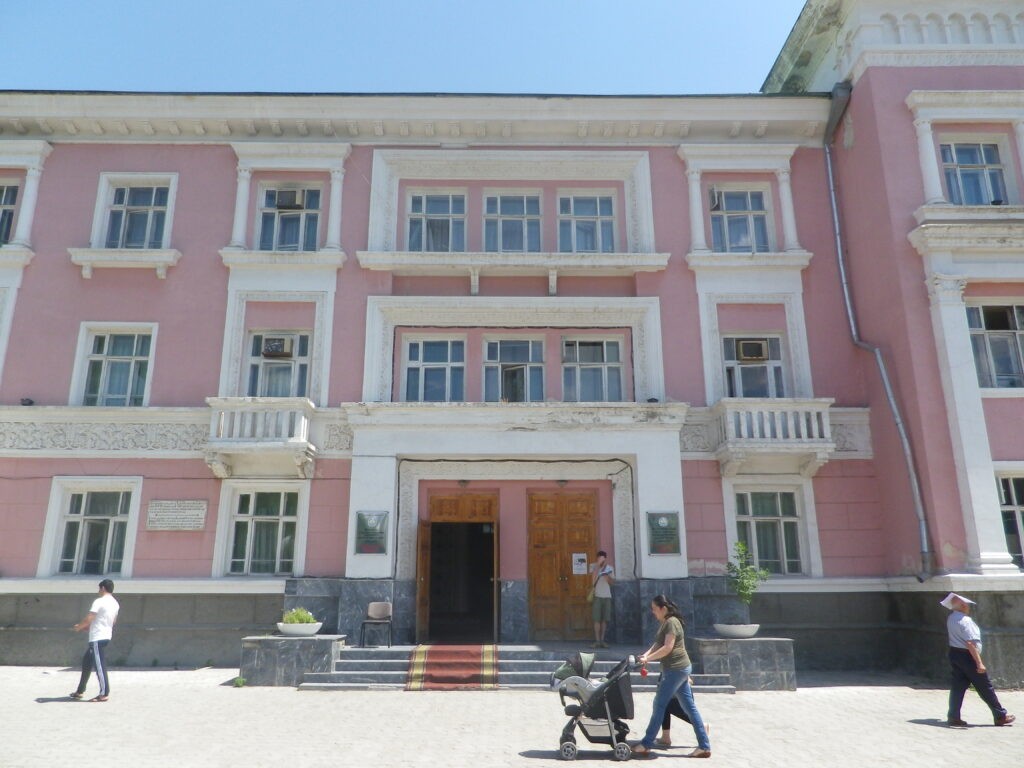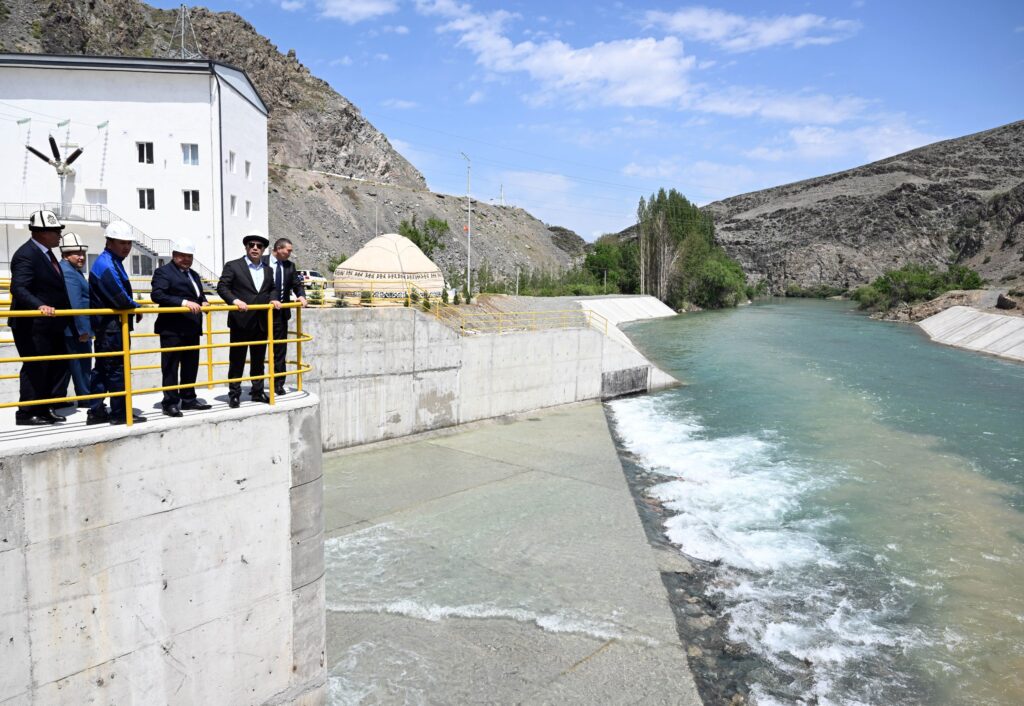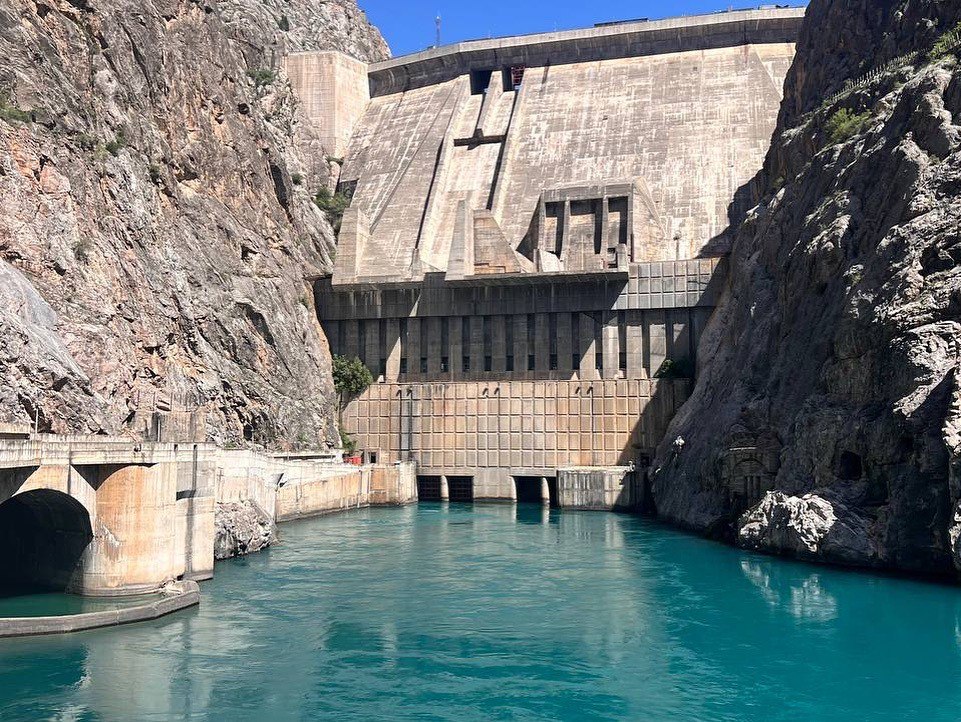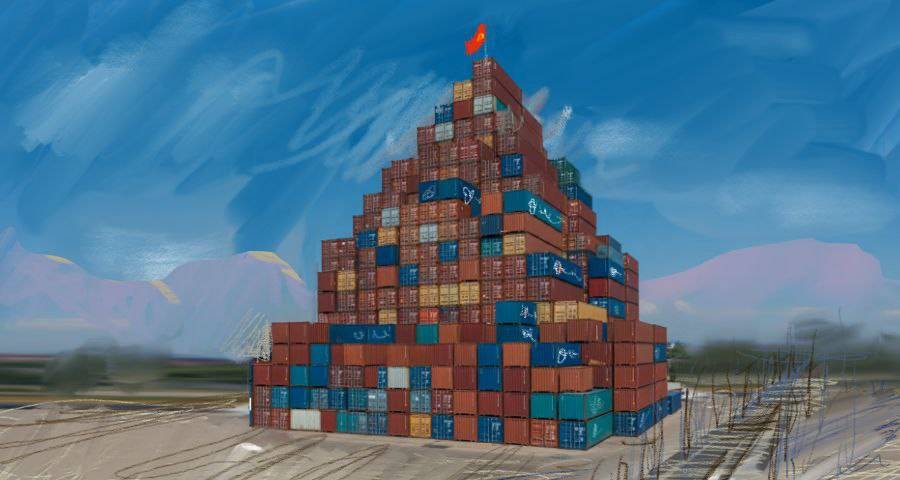Analysts from the Eurasian Development Bank (EDB) have presented a macroeconomic forecast for Tajikistan for 2024-2026. In it they identify the main short-term risks for the country’s economy.
“High interest rates in developed countries and structural problems in China’s economy may lead to a slowdown in global economic growth and lower prices for raw materials,” the report says.
This could reduce the demand for goods exported by Tajikistan.
Another consequence of this scenario will be a reduction in remittances coming into the country, mainly from oil-exporting countries. This would lead to a slowdown in household consumption growth and a decline in non-state investment, pushing GDP growth below the equilibrium level.
In such a development, fiscal policy, assistance from international financial organizations, and lower prices for imported food and energy will support the economy.
Despite these challenges, EDB analysts forecast high growth rates for Tajikistan’s economy: 8.0% in 2024, 8.2% in 2025 and 7.8% in 2026. This growth is due to strong domestic demand, higher-than-expected prices for gold and base metals exported by Tajikistan, and favorable remittance dynamics due to rising wages in the region.
Until the end of this year, according to EDB economists’ estimates, the slowdown in demand growth in external markets will have a restraining effect on the economy. This will negatively affect real exports and the inflow of remittances and investments into the country. However, as the authors of the forecast note, the growth of prices for metals exported by Tajikistan, especially gold, will balance this negative impact.









